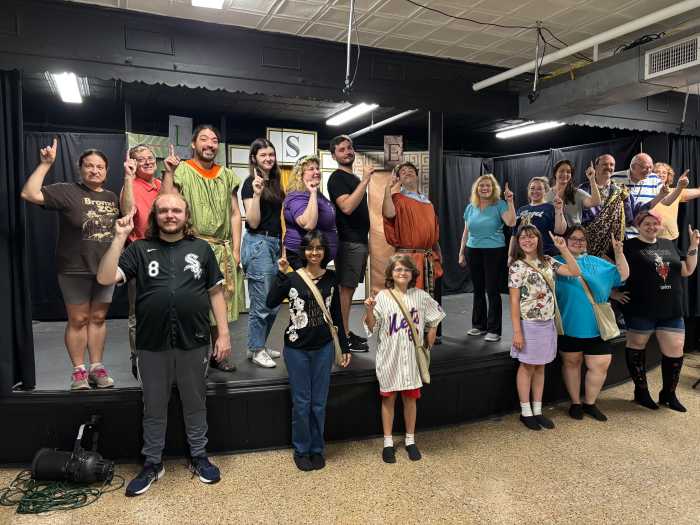By Jane Flanagan
There seems to be a lot of buzz about God lately. Picking up the newspaper each morning I usually find an article, often several, invoking religion. It’s led me to reflect on my own checkered, religious past.
God was a major player in my early life. At age 3 or 4, I started going to Sunday Mass and at 6, entered Our Lady of Lourdes Elementary School. In that first grade classroom I came face to face with God. I had a nun whose black and white habit covered everything except part of her face and hands. With so little of her earthly flesh visible and those long, flowing white robes, I knew she had a direct line to Him.
This nun was typically austere and I obeyed her dictums and then some. When she reprimanded me the first week of school for chatting with my neighbor, I never spoke to another child in that class again. I only spoke to the nun, and then only after first raising my hand. No doubt this kind of behavior came in handy for the nun – there were 50-plus students in that class.
After a few months in that school God came to occupy a prominent place in my psyche. I was sure that he observed not only my every action, but every thought. Even minor missteps could result in serious, often permanent, consequences. And it was treacherously easy to mess up. I was told that thinking bad thoughts was a sin, and that unbaptized babies who died in infancy went to “Limbo.” Limbo was the place where people who were somewhat bad tried to earn their way into heaven. I remember being 6-years-old and pondering how those babies pulled it off.
The ensuing years brought other austere teachers, and more perplexing aspects. In those years Mass was still performed in Latin, and so even after I learned to read, the service remained incomprehensible. I was also introduced to surprising characters such as the “Holy Ghost” who’s power to spook was not insignificant.
But then I made it to 8th grade and it’s there that my spiritual life began. Ironically, by then, religion no longer had much hold on me. I was largely free of the fear and unwarranted guilt that plagued me as a younger child. I was about to graduate and head to a public high school. I was ready to leave religion behind. Then I met Sister Barbara.
Sister Barbara was my 8th grade teacher and she was a cheerful, youthful woman who sported a modified habit. Her pleasant face was fully visible as were her dark bangs. Her simple, non-flowing habit stopped at her knees and afforded easy maneuverability as she jutted around a table to better hear a student, or up to the blackboard to scribble a provocative statement. She was a kind, curious woman, who encouraged students to think and ask probing questions.
For the first time in that school I felt valued for being me. I was also encouraged to think for myself. Today, when my young son asks me whether I had any “nice” teachers in grade school, I answer “two.” One, a young, 20-something blonde “lay” teacher who drove a convertible and Sister Barbara. But Sister Barbara was more than nice.
In her class we discussed God and his place in our life. We were 13- and 14-year-olds trying to figure things out and we debated ethics, morals, what God in action looked like and the nature of kindness. That year, sitting in the audience at graduation, I was startled when the winner of the religion medal was announced. It was me.
As a one-time religion medal winner, I find reading the paper today a jarring experience. Recently I read a profile of a church pastor in Washington State. I learned that he raises Rottweilers because “the bigger, the meaner, the better” and that he uses his pulpit to publicly chastise congregants who commit adultery. He is 6 feet 2 inches and weighs 260 pounds. Had I met up with him as a young grade schooler, I’m not sure what would have become of me. But I’m pretty sure I never would have made it to Sister Barbara and that religion medal.
Jane@DowntownExpress.com
WWW Downtown Express



























